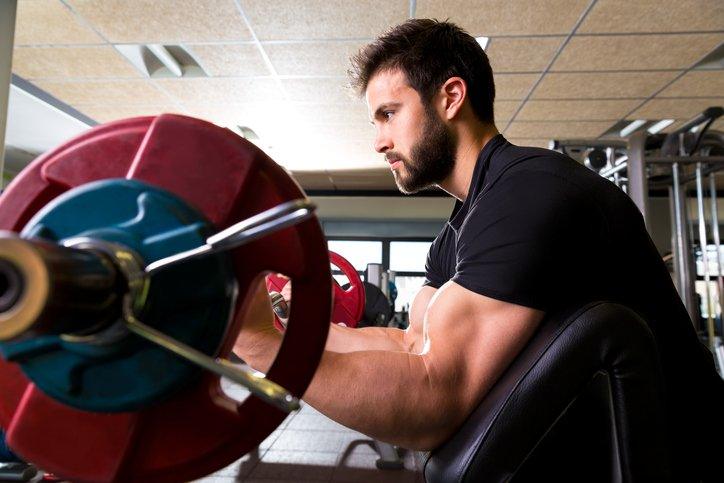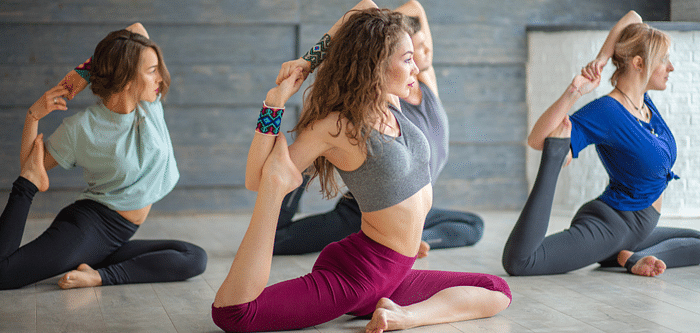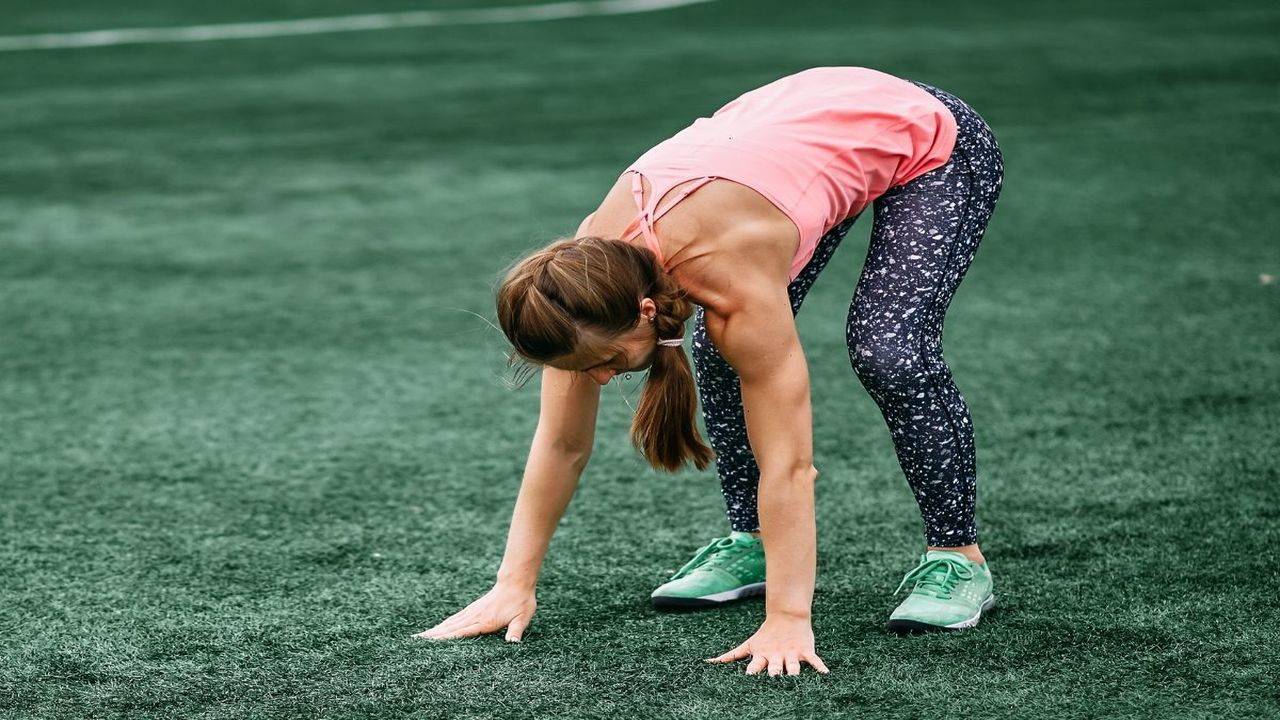If you have ever hit a strength plateau or felt like your muscle growth has stalled, you’re not alone. Many lifters spend years doing the same basic sets and reps. But what if there was a simple twist to break through that wall? That’s where Cluster Sets come in. This training method isn’t new in the world of elite athletes, but it’s still underrated for regular gym-goers. Let’s break down how Cluster Sets work, why they’re so effective, and how you can add them to your workouts for massive strength and muscle gains.
What Are Cluster Sets?
Cluster Sets are a strength training method where you split one set into smaller “mini-sets” with short rests in between. For example, instead of doing one set of 8 reps straight through, you might do 4 reps, rest 15 seconds, then do another 2 reps, rest again, and finish with the last 2 reps.
The goal is to lift heavier weight or perform more total reps than you could with a straight set. It’s like giving your body just enough recovery to keep lifting near-maximal loads without totally gassing out.
Why Use Cluster Sets?
So, why bother breaking up your sets? It’s simple — more quality reps at a higher intensity. When you do a regular set to failure, your form breaks down and the last few reps are sloppy. Cluster Sets help you maintain good technique while pushing closer to your strength limits.
Here’s what makes them powerful:
- More time under tension: Muscles grow when they’re challenged with heavier weights for longer.
- Better recovery: Short rests help you catch your breath and restore a bit of strength.
- Lift heavier: You can handle more weight than you could in a normal set of 8-12 reps.
Elite lifters, Olympic weightlifters, and powerlifters have used Cluster Sets for years to increase strength and size at the same time.
How to Set Up a Cluster Set
The best part is Cluster Sets are simple to set up. Here’s a basic framework:
- Pick a compound lift: Squats, deadlifts, bench press, overhead press — movements that hit big muscle groups.
- Choose a weight: Around 80-90% of your 1-rep max is common.
- Split the reps: Instead of 1 set of 6, do 2 reps, rest 15 seconds, do 2 more, rest, then finish the last 2.
- Keep rest short: Rest times inside the set are usually 10-30 seconds.
- Keep total sets low: You don’t need endless sets because the intensity is high. 3-4 Cluster Sets are plenty for each exercise.
Sample Cluster Set Workout
Let’s make it real with an example. Here’s what a chest day might look like with Cluster Sets:
Bench Press
- 4 sets of (4+2+2) reps, 15 seconds rest between clusters, 2-3 minutes rest between sets
Incline Dumbbell Press
- 3 sets of (5+3) reps, 20 seconds rest between clusters
Dips
- 3 sets to failure with 10 seconds pause halfway through
Add some isolation work afterward if you want, like cable flyes or tricep pushdowns. But trust me, Cluster Sets will leave your chest smoked.
Tips for Success with Cluster Sets
Cluster Sets are powerful, but they need to be done right. Here are a few tips:
- Don’t rush the rest: Those short breaks are the magic. Use a timer if you need to.
- Keep your form tight: If you can’t lift with good form, reduce the weight.
- Start with one exercise: No need to overhaul your whole program. Try clusters for one big lift first.
- Recover well: Because you’re lifting heavy, your body will need sleep, protein, and proper recovery.
How Often Should You Do Cluster Sets?
Cluster Sets are demanding, so don’t overdo them. Most lifters see great results using clusters for 1-2 big lifts per week. Overuse can lead to fatigue and burnout. The sweet spot is using them for a few weeks at a time, then switching back to regular sets to keep your body fresh.
Cluster Sets vs. Straight Sets
It’s worth asking — are Cluster Sets really better than regular sets? They’re not necessarily better, but they serve a different purpose. Regular sets are perfect for building endurance and basic muscle growth. Cluster Sets push your top-end strength and help break through sticking points.
If you’ve hit a plateau on your squat or bench, adding Cluster Sets might be the trick that gets you moving again.
Who Should Try Cluster Sets?
Cluster Sets aren’t just for pro athletes. Anyone who’s been lifting for a while and knows proper form can benefit. They’re especially great if:
- You want to lift heavier weights without killing your form.
- You want to mix up stale workouts.
- You’re trying to gain strength and size together.
If you’re a complete beginner, stick to normal sets first. Learn good technique, build a base, then add Cluster Sets later.
Common Mistakes with Cluster Sets
Some lifters mess up Cluster Sets by turning them into rest-pause training. The difference is subtle but important. Rest-pause usually takes you to failure, rest, then squeeze out more. Cluster Sets aim for planned mini-rests before total failure so you keep the weight heavy and form solid.
Another mistake is choosing the wrong weight. Too heavy, and you burn out early. Too light, and you miss the point. Start with around 80% of your 1RM and adjust.
Can You Use Cluster Sets for Hypertrophy?
Absolutely. Cluster Sets aren’t just for strength. By increasing total volume with heavy weight, you get plenty of muscle-building stimulus. Many bodybuilders use clusters on compound lifts, then follow up with regular sets for pump work.
A good mix looks like:
- Clusters for big lifts (squat, bench, deadlift)
- Traditional sets for accessories (curls, flyes, lateral raises)
Final Thoughts
Cluster Sets are like a secret weapon for lifters stuck in a rut. They let you push heavy weights with better form and more volume than a standard set. They’re simple, flexible, and proven to work for both strength and size.
If you’ve been grinding away on the same sets and reps for months, try throwing in Cluster Sets for a few weeks. Keep it smart, keep your form tight, and watch your lifts — and your muscles — grow.
Ready to test it out? Grab your timer, load the bar, and get clustering. Your next personal best might be closer than you think.










